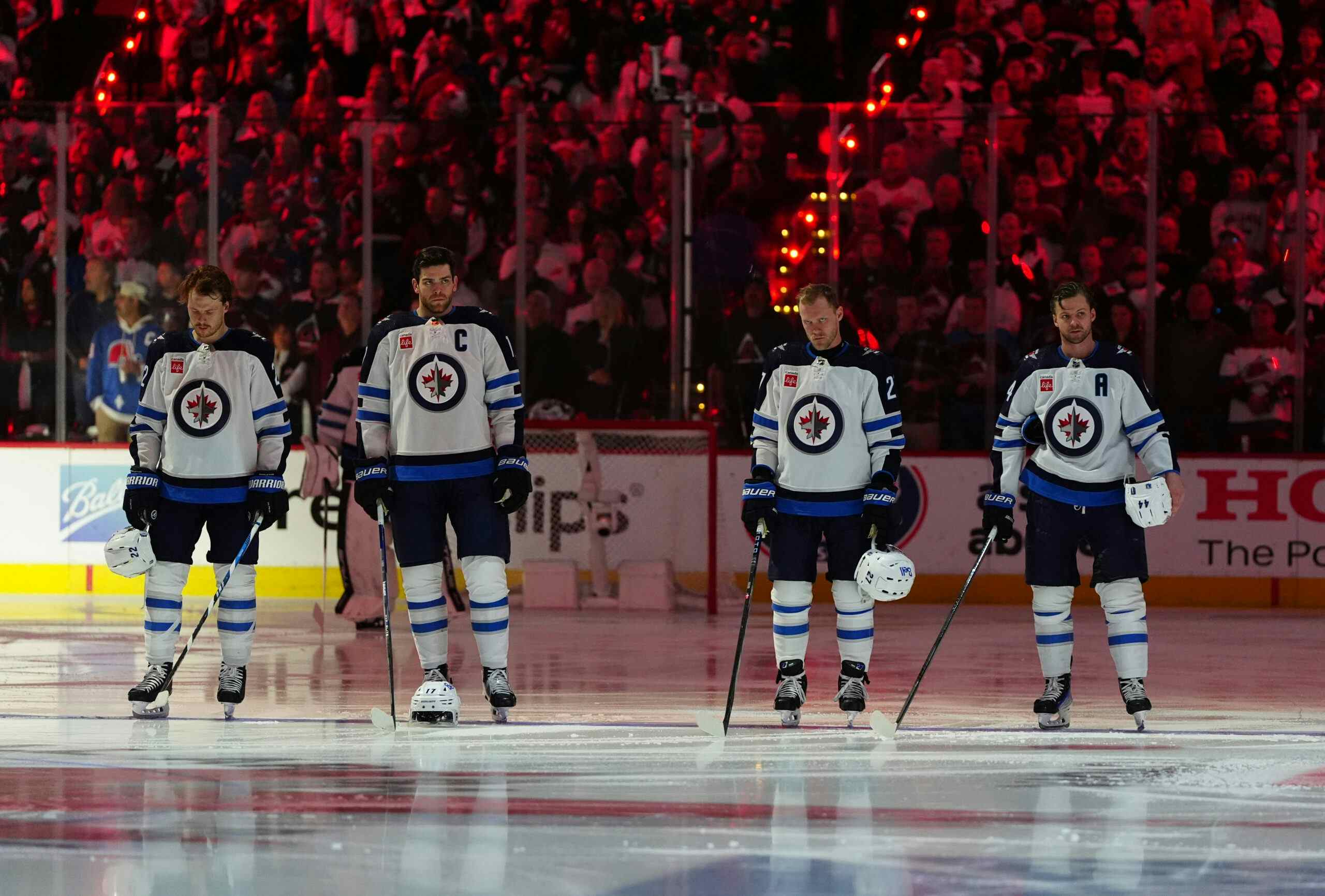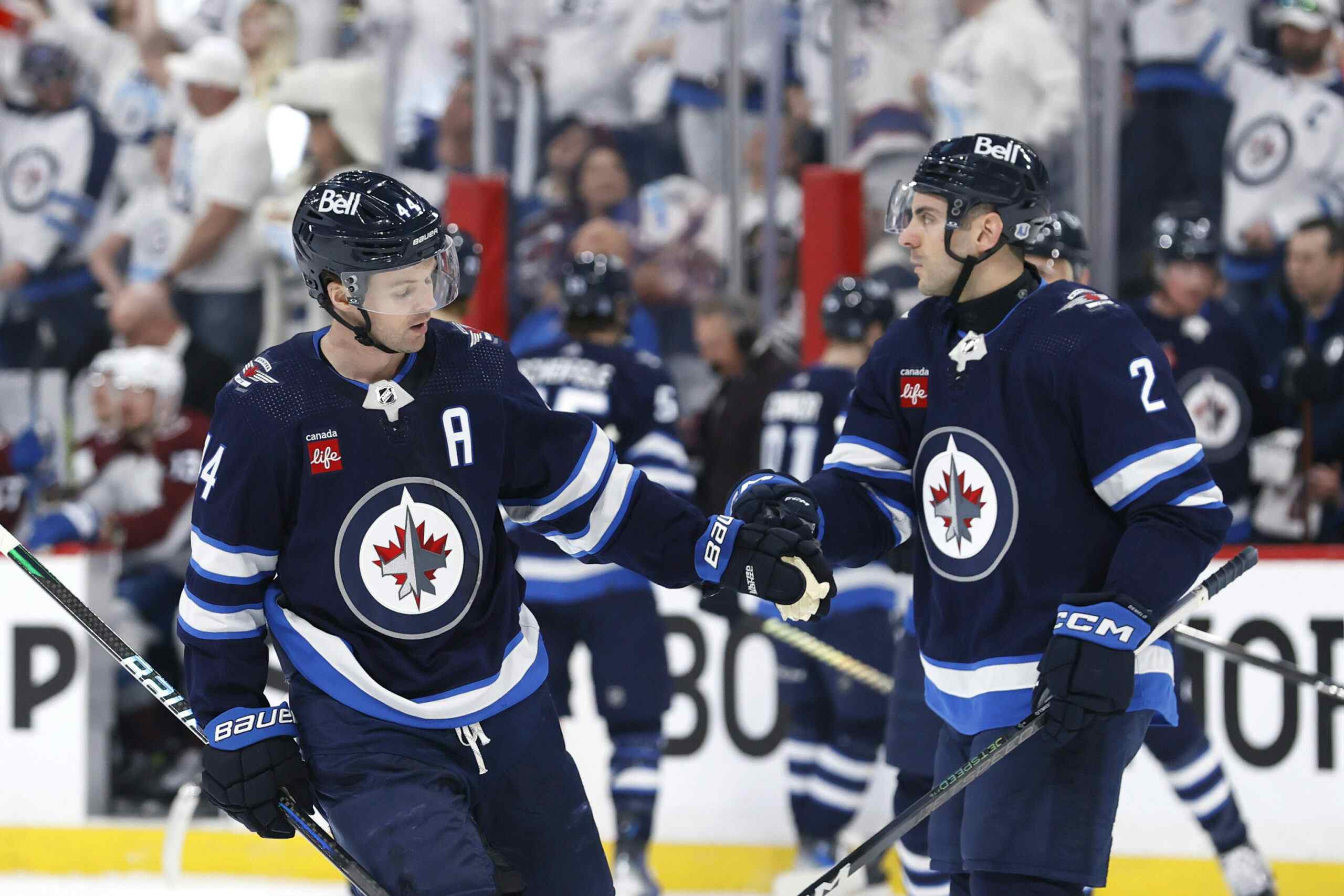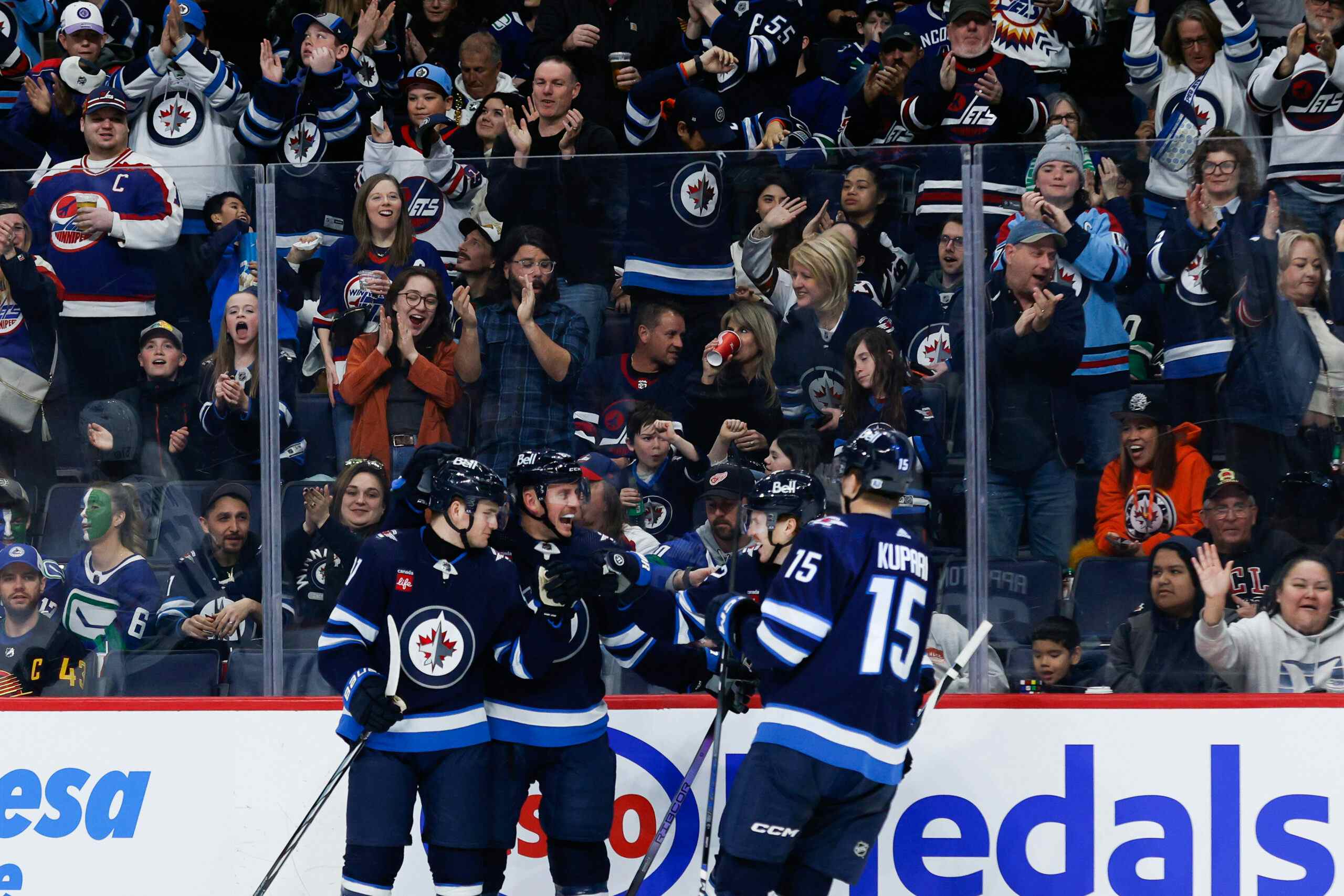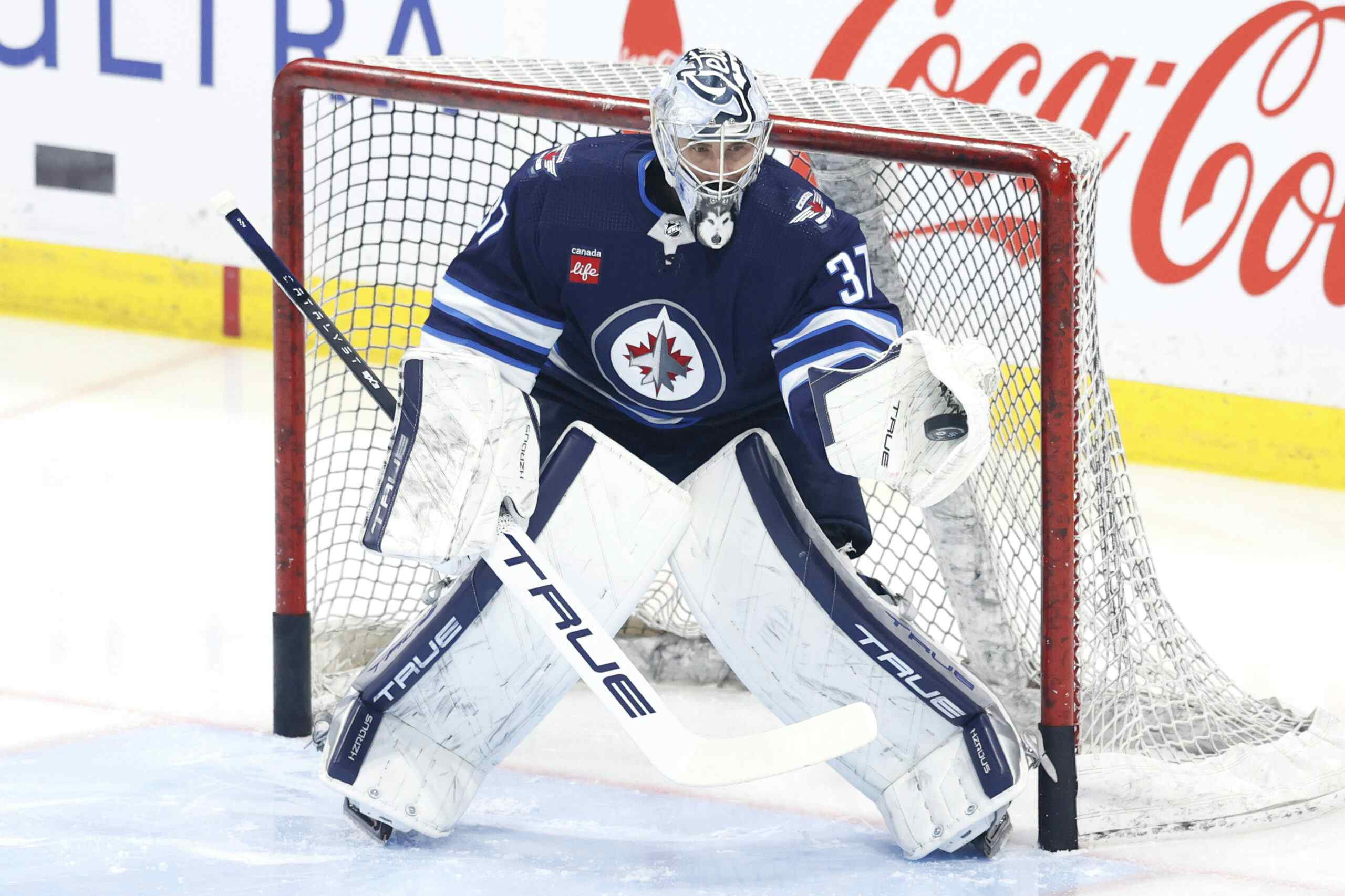What to do with Stu: The curious case of Mark Stuart
By Sammi Silber
7 years agoWhen Boston selected defenseman Mark Stuart 21st overall in the 2003 NHL Entry Draft, there was a lot of calibre to his name. The stay-at-home defender proved to be a strong performer at Colorado College, serving as the captain, racking up PIM, dominating the game physically, and serving as a leader.
After a few years developing with the Bruins and playing with their AHL-affiliate in Providence, he was finally ready to enter the NHL in 2005. Providing a strong performance in the defenssive zone, combined with hitting and shot-blocking ability, Stuart was proving to be a solid defender to have on the bottom-pairing.
The Jets (then the Thrashers) got their hands on him in 2011, in the very deal that landed Blake Wheeler, but cost them Rich Peverley and Boris Valabik. Though Wheeler thrived, Stuart’s performance headed in a downward spiral. After positing five points (one goal, four assists) 23 PIM and a plus-8 rating in 31 games with Boston, he managed a lone assist, a minus-8 and 24 PIM in 23 games with Atlanta, while also posting a -10.4 Rel. Corsi.
At best, Stuart now serves as a bottom-pairing defender, but is also one that brings the performance of his teammates down. Let’s take a look at just how horribly Stuart impacts just a few of his linemates on the ice.
| Stuart Impact on Teammates Rel. Corsi | With Stuart | Without Stuart | Stuart Without |
| Jacob Trouba | -3.93 | 3.60 | -6.97 |
| Ben Chiarot | -9.88 | -0.47 | -3.72 |
| Alexander Burmistrov | -9.10 | -1.63 | -3.03 |
| Mathieu Perreault | -4.28 | 9.66 | -6.09 |
| Mark Scheifele | -0.79 | 4.91 | -6.96 |
Looking at the statistics, playing with Stuart seems to be a burden. He even makes Schiefele look like he’s having a hard time when it comes to overall back-checking and puck possession, but in fact, it is the 32-year-old defender bringing him down. Trouba, an RFA looking for a bigger role on the top-pairing, struggles greatly and fails to show his true potential when playing with Stuart.
While he struggles when it comes to possession (his Rel. Corsi is a -4.4 for his career and has never been in the positive), there is some upside. His physicality and ability to throw big hits and block shots is impressive. The 6-foot-2, 215-pound defender also has the ideal size to be an asset when it comes to the physical, rough-and-tumble aspect of the NHL, and averages 7.5 hits per 60 and 6.2 blocks per 60 in his career. This past season, he managed 9.3 H/60, as well as 6.9 B/60.
Along with impressive hit and blocked shot statistics, Stuart is also a proven leader, a strong voice in the locker room and a role model alternative captain who puts his team first, and plays an old-fashioned stay-at-home style that benefits the team on that bottom pairing.
However, in my opinion, there is no point for Winnipeg to hold on to him, at least not if they want to increase their defensive depth and return to the playoffs. The Jets recently signed Brian Strait, who is not much better, but does not bring down his teammates as much as Stuart, and could be a decent replacement. With Ben Chiarot on the rise, he could also serve as a replacement to Stuart on the left side, and if all else fails, there are better options sitting out there in free agency.
Unfortunately for Winnipeg, his contract is not the easiest one to dump. Stuart signed a four-year, $10.5 million deal for the Jets prior to the 2014-15 campaign, and with that contract, has a modified no-trade clause. He will hit free agency in July 2018. The Jets could also try waiving him, then, there is always the buyout option. If he were to be bought out, it would result in the Jets paying $2,966,667 for the buyout, then paying Stuart a base salary of $741,667 per season for the next four years.
Recent articles from Sammi Silber





